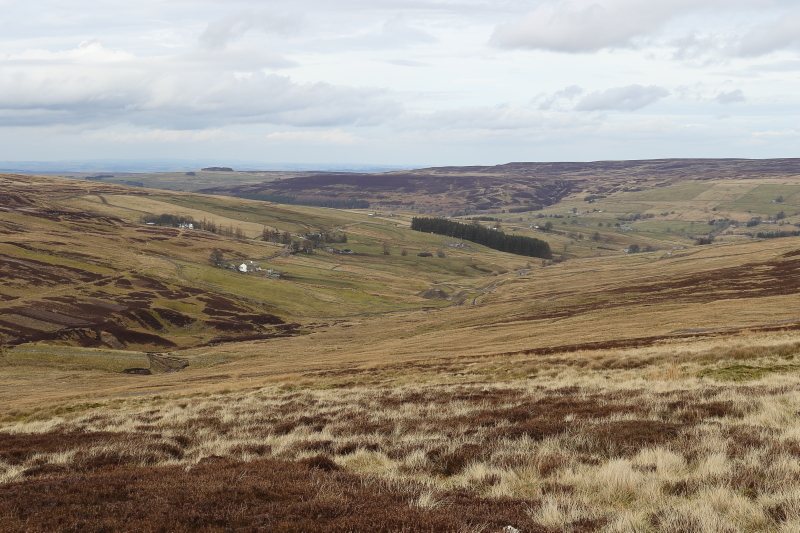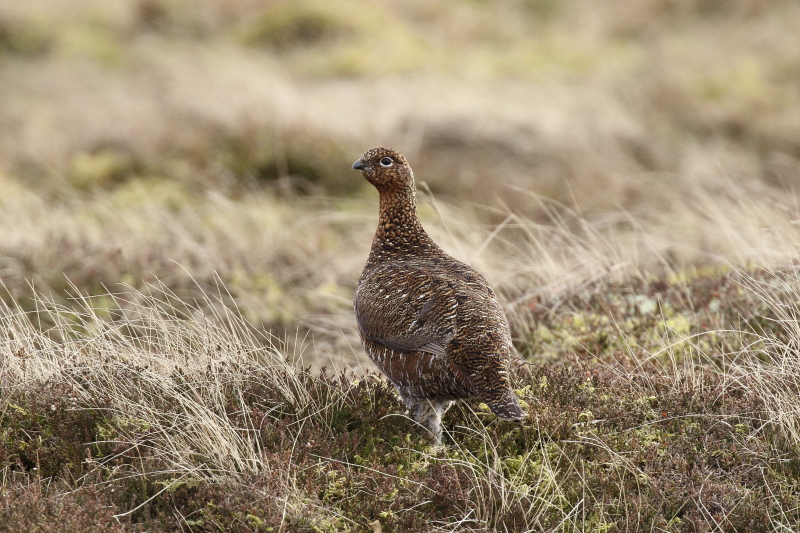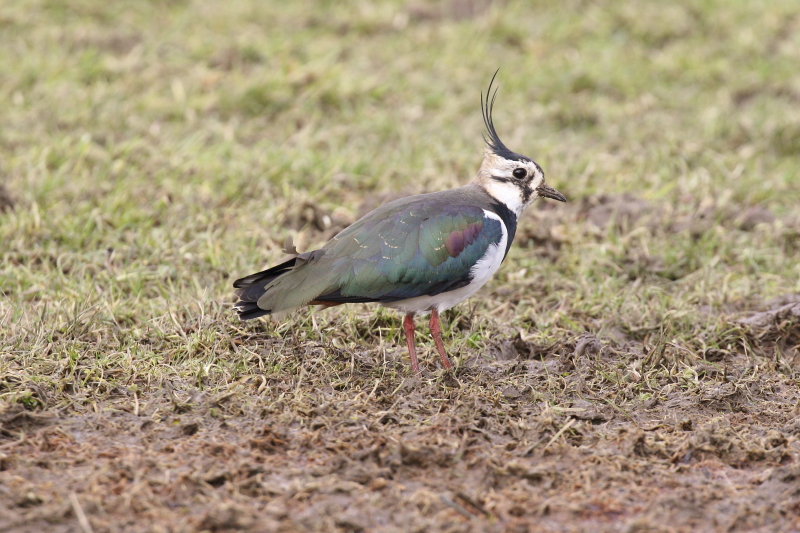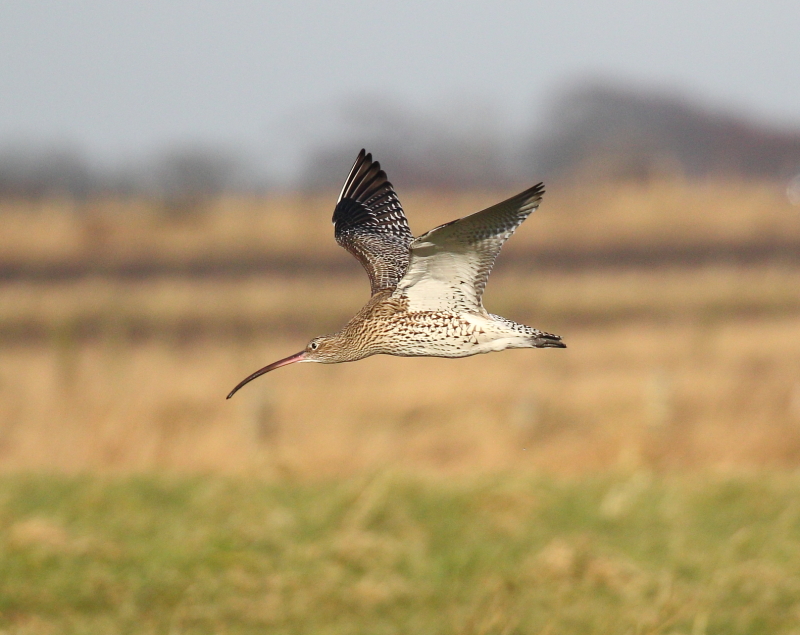My first trip of the year to a favourite area of Northumberland, the fells and moors of Allendale in the south west. Winter here is quiet, with limited birdlife, many species vacating the uplands to spend the colder months at the coast or migrating south. March however, sees the return of birds arriving for the breeding season.



Most obvious are the many waders that breed here in these uplands, with this area holding the greatest populations of these birds in the county. A mild, calm day and Lapwings were everywhere with many males giving their superb tumbling display flights, with their fabulous calls ringing out over every field and moor. Birds were on the ground too, bowing and scraping at prospective nest sites, with the females watching on, males uttering a constant Corncrake-like buzzing call as they displayed their red undertails. Nearby, newly arrived birds remained in large flocks, yet to begin pairing off for the season, though pairs can remain in close contact throughout the winter. The other most obvious species here is the Curlew and they too were displaying in good numbers, slowly gliding while “singing” their bubbling calls. 30-40 males made for a great sight and sound.

Six or seven Snipe could be seen and heard in their display flights, calling and drumming with their outer tail feathers. Redshanks too were displaying in small numbers, many yet to arrive on their breeding grounds and the same with Golden Plover, four calling/displaying with many more to arrive.
Skylarks were well in evidence, with many singing on the wing or from posts but only a handful of Meadow Pipits and Pied Wagtails had returned so far. A speciality of the area is Black Grouse, sadly in decline and 3 males only were seen perched on dry-stone walls. Red Grouse were however commonly seen in pairs and a road casualty noted sadly.
A pair of Buzzards soared in the distance, calling. Heading north to Grindon next, the water levels here being the highest seen in many years, the lough appearing almost double the usual width. Many Teal were present, with lesser numbers of Wigeon, Goldeneye (26) and Mallard. Here too Skylarks were singing in good numbers and a few Meadow Pipits seen.
Returning via Whittle Dene, where a singing Yellowhammer was the first heard this year. Skylarks here too and a pair of newly arrived Great Crested Grebes completed a fine day.
Alan S. Jack

